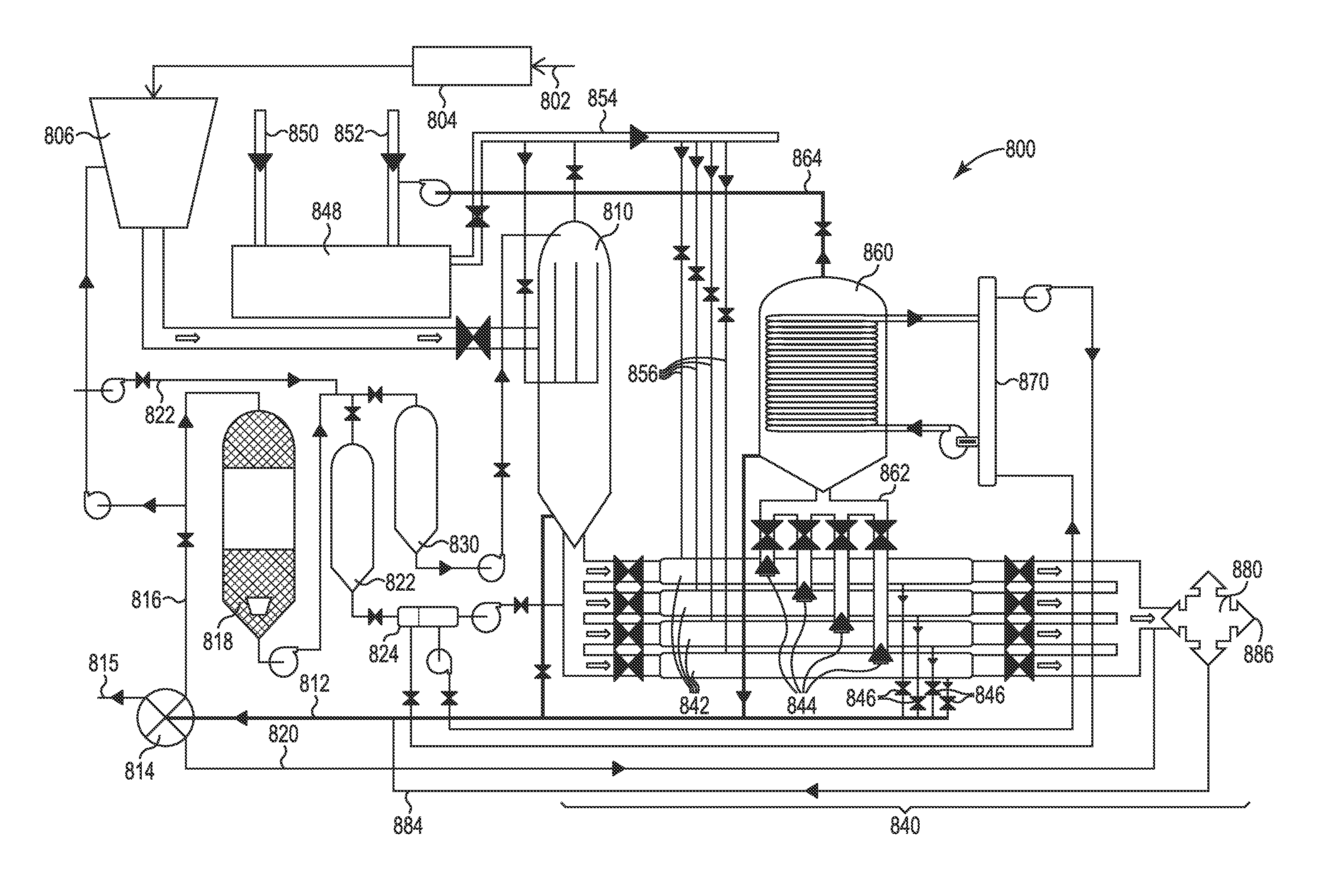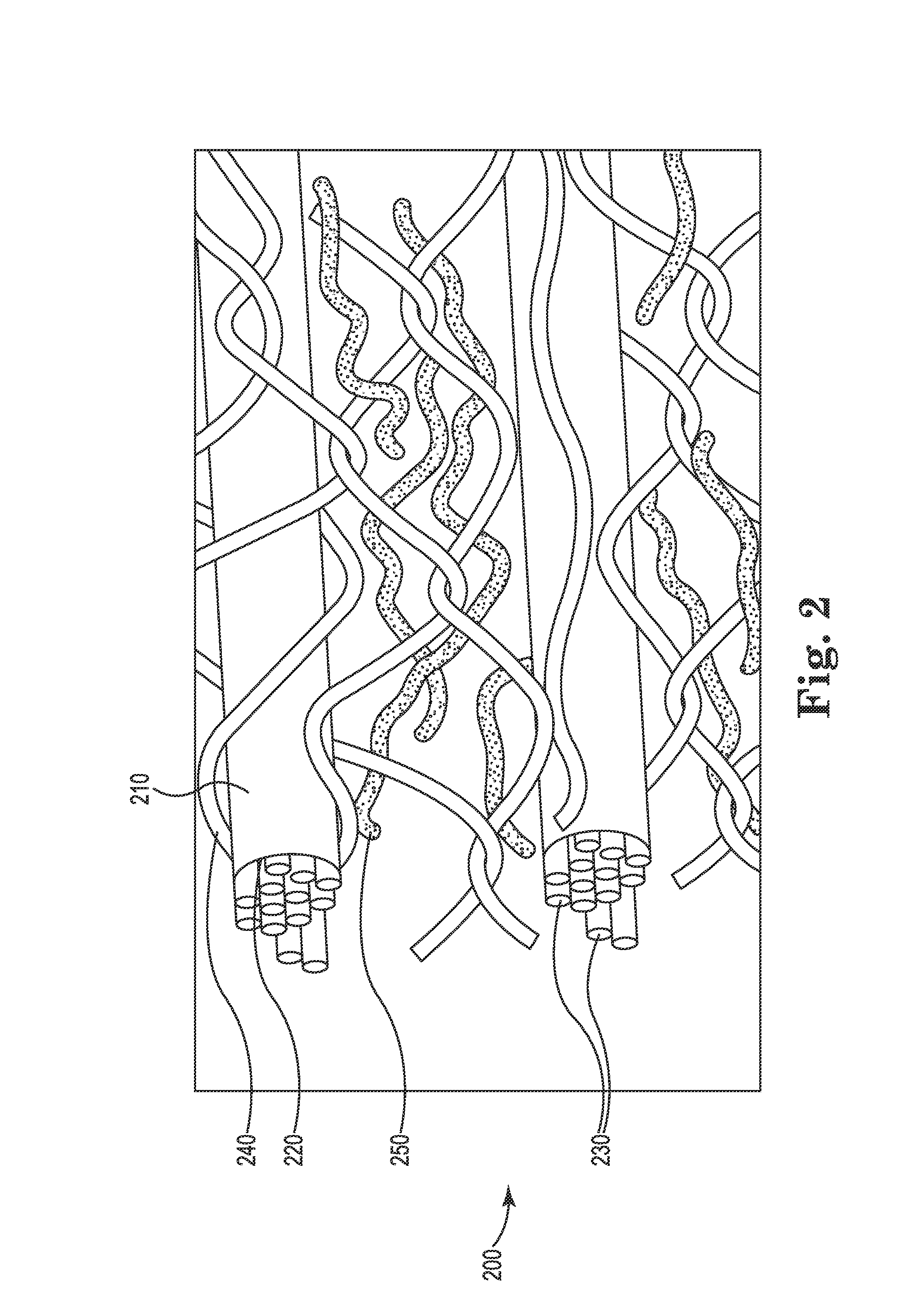High Energy Aggregates of Coal Fines and Beneficiated Organic-Carbon-Containing Feedstock
a technology of organic carbon and aggregates, which is applied in the direction of biofuels, waste based fuels, fuels, etc., can solve the problems of natural gas, coal, and increasing the cost of fuel obtained from crude oil, so as to reduce the adverse corrosion wear and maintenance cleaning of the device, reduce the energy density, and reduce the effect of energy density
- Summary
- Abstract
- Description
- Claims
- Application Information
AI Technical Summary
Benefits of technology
Problems solved by technology
Method used
Image
Examples
Embodiment Construction
[0063]The high energy processed biomass / coal blended compact aggregate that comprises at least 10 wt % of a coal having an energy density of at least 21 MMBTU / ton (24 GJ / MT) and at least 10 wt % of a processed biomass comprising a processed organic-carbon-containing feedstock with characteristics that include an energy density of at least 17 MMBTU / ton (20 GJ / MT) and a water-soluble intracellular salt content that is decreased more than 60 wt % on a dry basis for the processed organic-carbon-containing feedstock from that of unprocessed organic-carbon-containing feedstock. The high energy processed biomass / coal blended compact aggregate is made from unprocessed organic-carbon-containing feedstock converted into the processed organic-carbon-containing feedstock with a beneficiation sub-system and blended with coal into a blended compact aggregate in a blending sub-system. In some embodiments, the processed biomass is processed biochar having an energy density of at least 21 MMBTU / ton ...
PUM
| Property | Measurement | Unit |
|---|---|---|
| sublimation temperatures | aaaaa | aaaaa |
| pressures | aaaaa | aaaaa |
| height | aaaaa | aaaaa |
Abstract
Description
Claims
Application Information
 Login to View More
Login to View More - R&D
- Intellectual Property
- Life Sciences
- Materials
- Tech Scout
- Unparalleled Data Quality
- Higher Quality Content
- 60% Fewer Hallucinations
Browse by: Latest US Patents, China's latest patents, Technical Efficacy Thesaurus, Application Domain, Technology Topic, Popular Technical Reports.
© 2025 PatSnap. All rights reserved.Legal|Privacy policy|Modern Slavery Act Transparency Statement|Sitemap|About US| Contact US: help@patsnap.com



